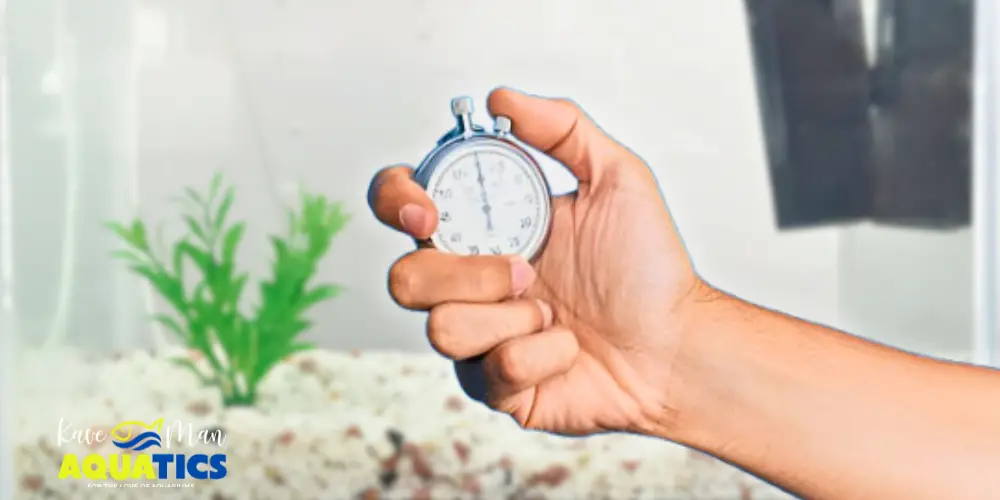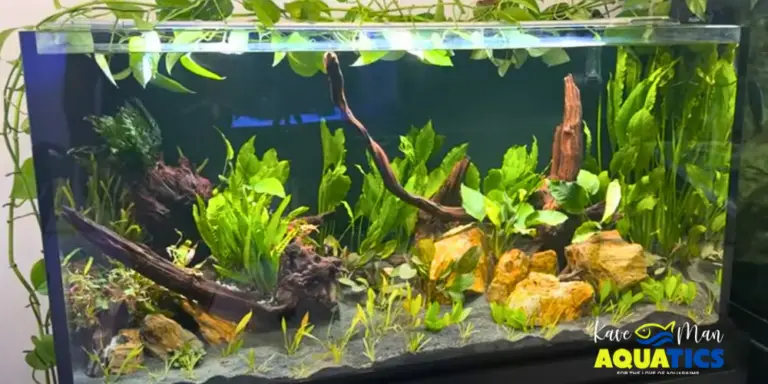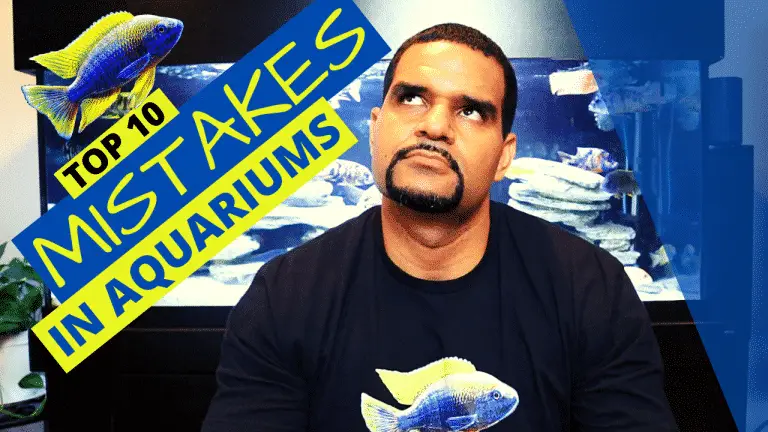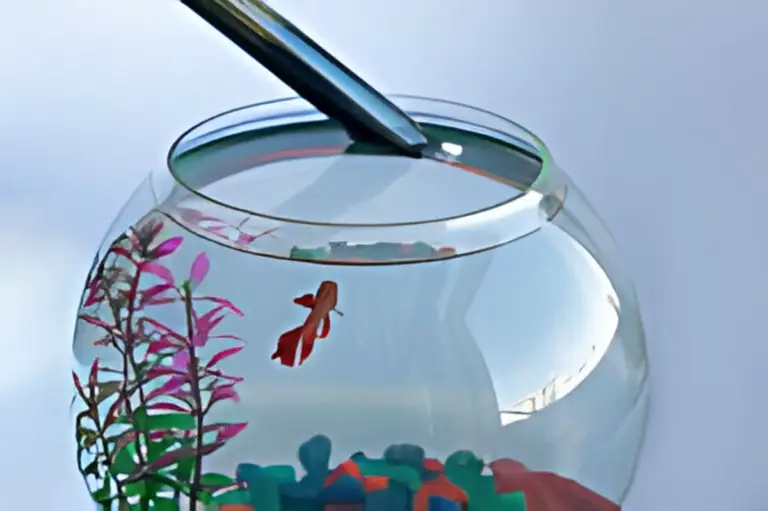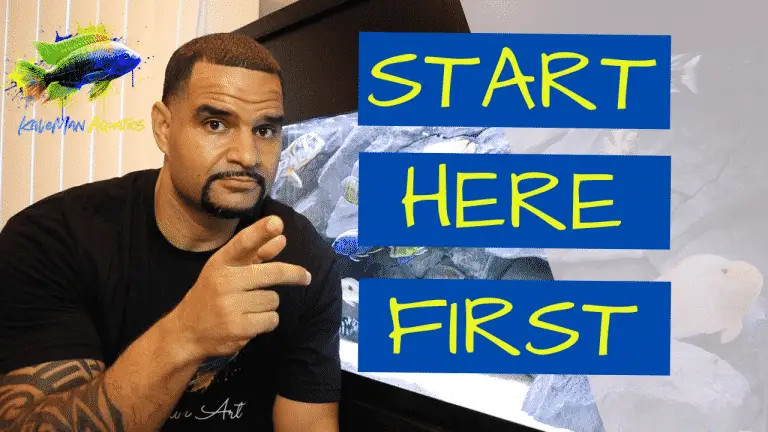How to Cycle a Fish Tank: A Complete Guide for Beginners
If you’re new to fishkeeping, one of the first things you’ll hear about is cycling your tank — and for a good reason! Knowing how to cycle a fish tank is essential for creating a healthy home for your fish. Don’t worry — it’s not as complicated as it sounds. I’ll guide you through the process, step by step, so you can get started with confidence.
What Is Tank Cycling, and Why Does It Matter?
Cycling your tank is all about building up the beneficial bacteria your tank needs to break down fish waste. Here’s the deal:
- Fish and leftover food produce ammonia, which is toxic.
- Friendly bacteria convert ammonia into nitrites, which are still harmful.
- Another type of bacteria turns nitrites into nitrates, which are much less dangerous and can be removed through regular water changes.
The above is better known as the nitrogen cycle. Skipping this process or rushing it can hurt your fish. There are two ways to cycle your tank — 1) fishless cycling and 2) cycling with fish.
Fishless Cycling (The Best Option for Beginners)
Fishless cycling is easier on you and better for your fish (because they’re not there yet!). Here’s how to do it:
- Set Up Your Tank
- Add your substrate (gravel, sand, etc.), decorations, filter, and heater.
- Fill the tank with water and use a dechlorinator (Seachem Prime or Seachem Safe) to make it fish-safe.
- Add Ammonia
- Use pure ammonia (2-3 drops per 10 gallons) or toss in a pinch of fish food. The food will break down into ammonia.
- Test the Water
- Use an aquarium test kit to check ammonia levels daily. Aim for 2-4 ppm.
- Watch for Nitrites
- After about a week, ammonia will start dropping, and nitrites will spike. This is a good sign!
- Look for Nitrates
- Once nitrites drop to 0 ppm and nitrates appear, your cycle is almost done.
- Do a Water Change
- Before adding fish, change 50% of the water to lower nitrate levels.
- Add Fish Slowly
- Start with a few fish, giving the bacteria time to adjust to the new bioload.
Cycling With Fish (For the Impatient Fishkeeper)
If you can’t wait to add fish, this method works — but it takes longer, is more hands-on, and you’ll need to stay on top of water quality to keep your fish safe.

Here’s how to do it:
- Pick Hardy Fish
- Go for species like zebra danios or cherry barbs that can handle less-than-perfect water conditions.
- Set Up the Tank
- Add substrate, decorations, filter, and dechlorinated water.
- Start Small
- Only add a couple of fish to avoid overwhelming the tank with waste.
- Feed Lightly
- Feed small amounts once daily or even every other day. Overfeeding can lead to excess waste.
- Test, Test, Test
- Check ammonia and nitrite levels daily. Keep them under 0.25 ppm by doing water changes.
- Water Changes are Key
- If ammonia or nitrite levels rise, do a 25-50% water change with dechlorinated water.
- Wait for Nitrates
- When ammonia and nitrites hit 0 ppm and you see nitrates, you’re good to go.
- Add More Fish Slowly
- Gradually add fish so the bacteria can keep up with the new waste.
Which Method Is Right for You?
If you’re just starting out, fishless cycling is the way to go. It’s more forgiving and doesn’t put fish at risk. However, if you’re determined to cycle with fish, be prepared to monitor the water closely and do frequent water changes.
Build Your Dream Tank With Aquabuildr!
Fishkeeping doesn’t have to be confusing or stressful — Aquabuildr is here to make it easy, fun, and totally foolproof!
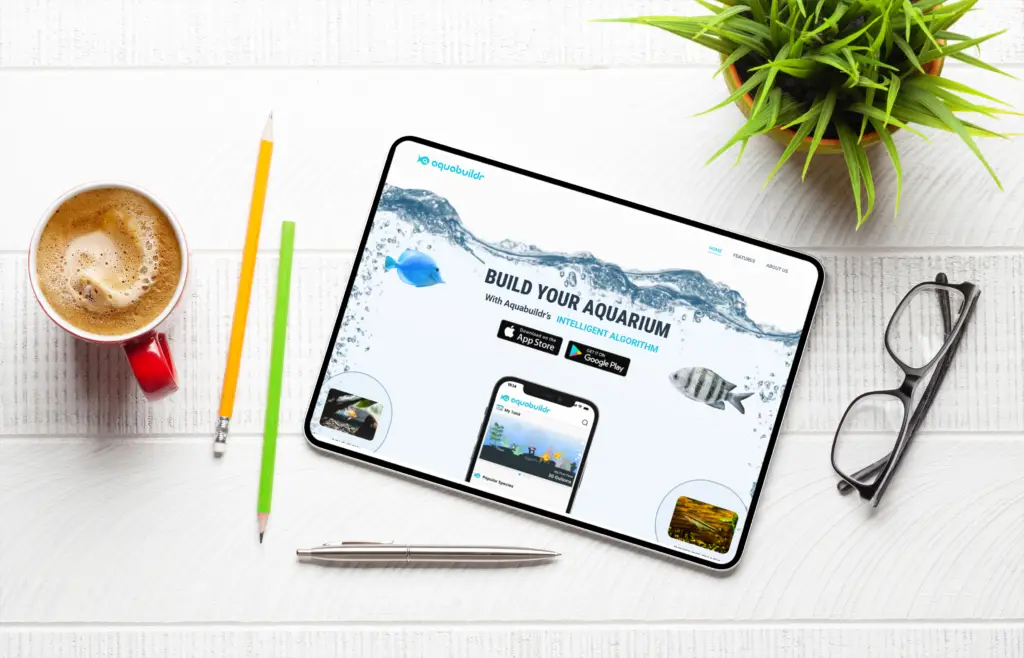
Our app is designed to take the guesswork out of creating a healthy, happy tank. With Aquabuildr’s intelligent algorithm, you can:
- Find compatible fish based on tank size, water pH, and temperature
- Get step-by-step guidance to build or customize your perfect tank
- Stay on top of maintenance with smart alerts that keep your aquarium thriving
- Access expert tips to keep your fish healthy and stress-free
From starter tanks to advanced setups, we’ve got all the tools you need to level up your fishkeeping game. No more endless research or second-guessing — Aquabuildr has you covered!
So, why wait? Get started for FREE on the App Store or Google Play Store, and start building your dream aquarium!

